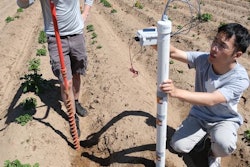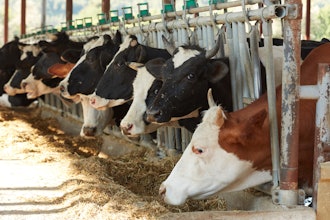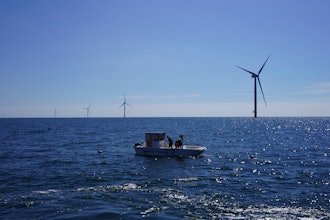
DENVER — U.S. consumers are paying more for coffee due to an array of production challenges in key coffee growing regions of the world amid surging global demand. U.S. coffee importers have faced escalating costs, with imported coffee prices rising 65% since January 2021. Those higher costs are now working their way to consumers, who are shelling out 20% more for ground coffee than they were in April 2023.
According to a new research brief from CoBank’s Knowledge Exchange, higher coffee prices are likely to continue for the foreseeable future while production recovers and supply catches up to demand. In the meantime, higher prices may compel U.S. consumers to forego frequent visits to their local barista in favor of boosting their at-home coffee experience.
“Following the pandemic when restaurants were closed, people have gained some experience trying to replicate their favorite dining-out experiences at home,” said Billy Roberts, senior food and beverage economist for CoBank. “It wouldn’t be surprising if, due to sharply higher coffee prices, some consumers turn to recreating their favorite coffee or espresso drinks at home with store-bought flavorings or inclusions.”
While the price of ground coffee for use at home has increased, coffee shop offerings typically remain even more costly. Roberts said a shift to more at home coffee preparations could lead to retailing opportunities for popular flavorings like vanilla, mocha, caramel and hazelnut.
Worldwide Coffee Demand Grows
Coffee is becoming a much more common beverage choice in many countries, with servings growth outpacing tea and carbonated soft drinks. Worldwide coffee consumption has climbed steadily in recent years, led by Asian consumption rising 14.5% since 2018. Overall global coffee consumption has increased 3.4% over that time. South America, Africa and Central America have all experienced growth of at least 5%.
China experienced the highest coffee consumption growth rate, with servings up 15% over the last year. According to The World Coffee Portal, the number of coffee shops in China grew 58% to 50,000 in 2023 alone. China has surpassed the U.S. as the world leader in branded coffee shops as a result.
Production Headaches Curb Supply
Challenging conditions in key coffee growing markets including Brazil, Colombia and Vietnam are contributing to the price increases and show few signs of improving. Droughts, frost and fires in Brazil have damaged as much as one-fifth of arabica coffee growing areas, and below-average rainfall continues to hamper production.
Colombian coffee yields continue to trend lower, likely the result of growers limiting fertilizer use due to price increases. Vietnam, the third-leading coffee supplier to the U.S., continues to suffer from COVID-related disruptions, as stringent travel restrictions in the country led to a notable workforce decline. Vietnam grows the bulk of the world's robusta beans used in instant coffee and espresso. Recent weather-related damage to the country's crop is likely to push up futures prices and ultimately, consumer prices.
“Nearly all of the coffee consumed in the U.S. is imported, so higher prices are likely until the production challenges subside,” said Roberts. “While it’s highly unlikely U.S. consumers are going to significantly curb their consumption due to high prices, they may get creative with at home coffee drinks and lean on store-bought flavorings to replace more expensive specialty drinks from coffee shops.”
Read the research brief: Coffee Prices Jump on Flat Production, Global Demand Buzz.






















